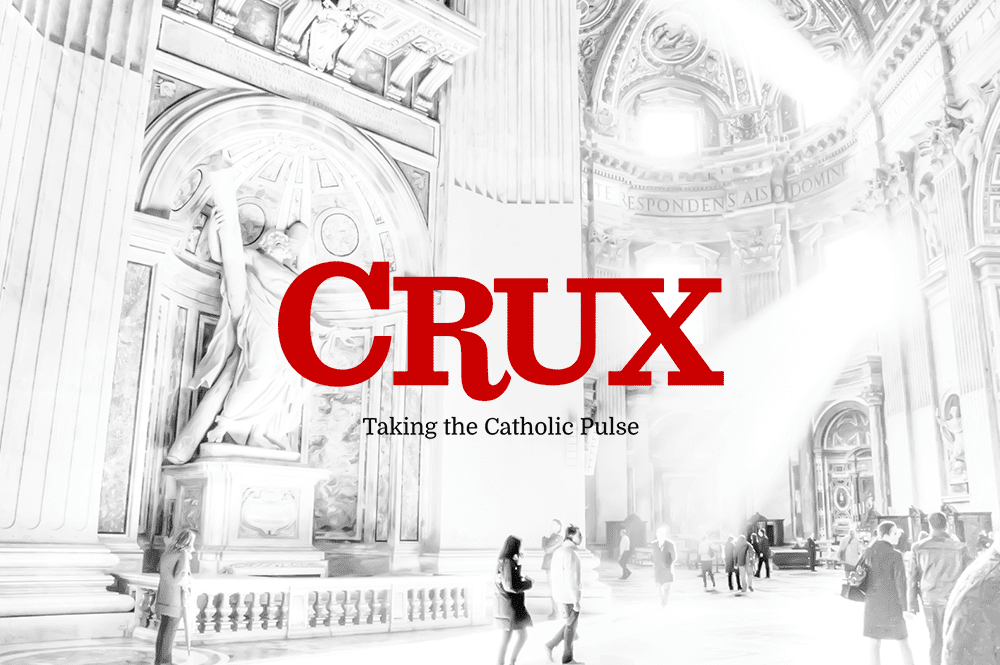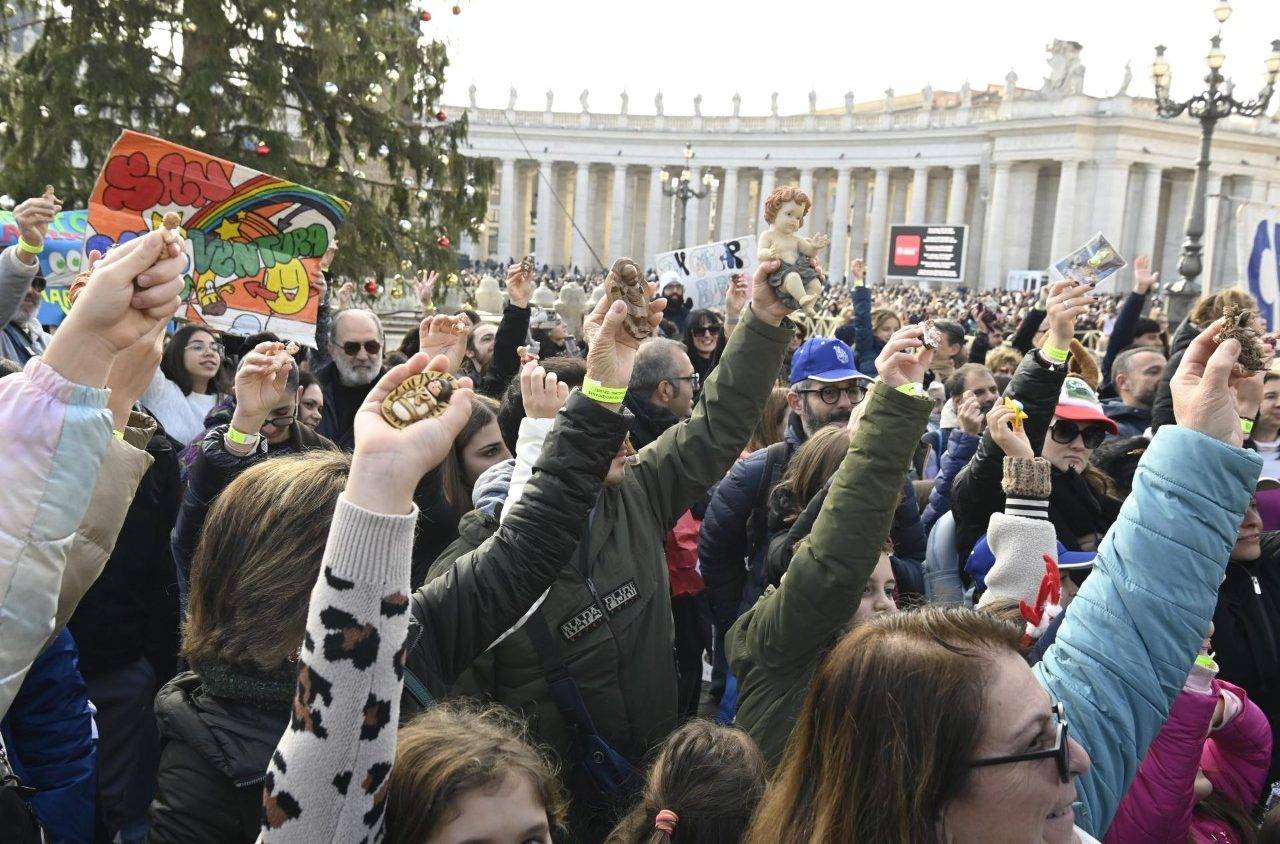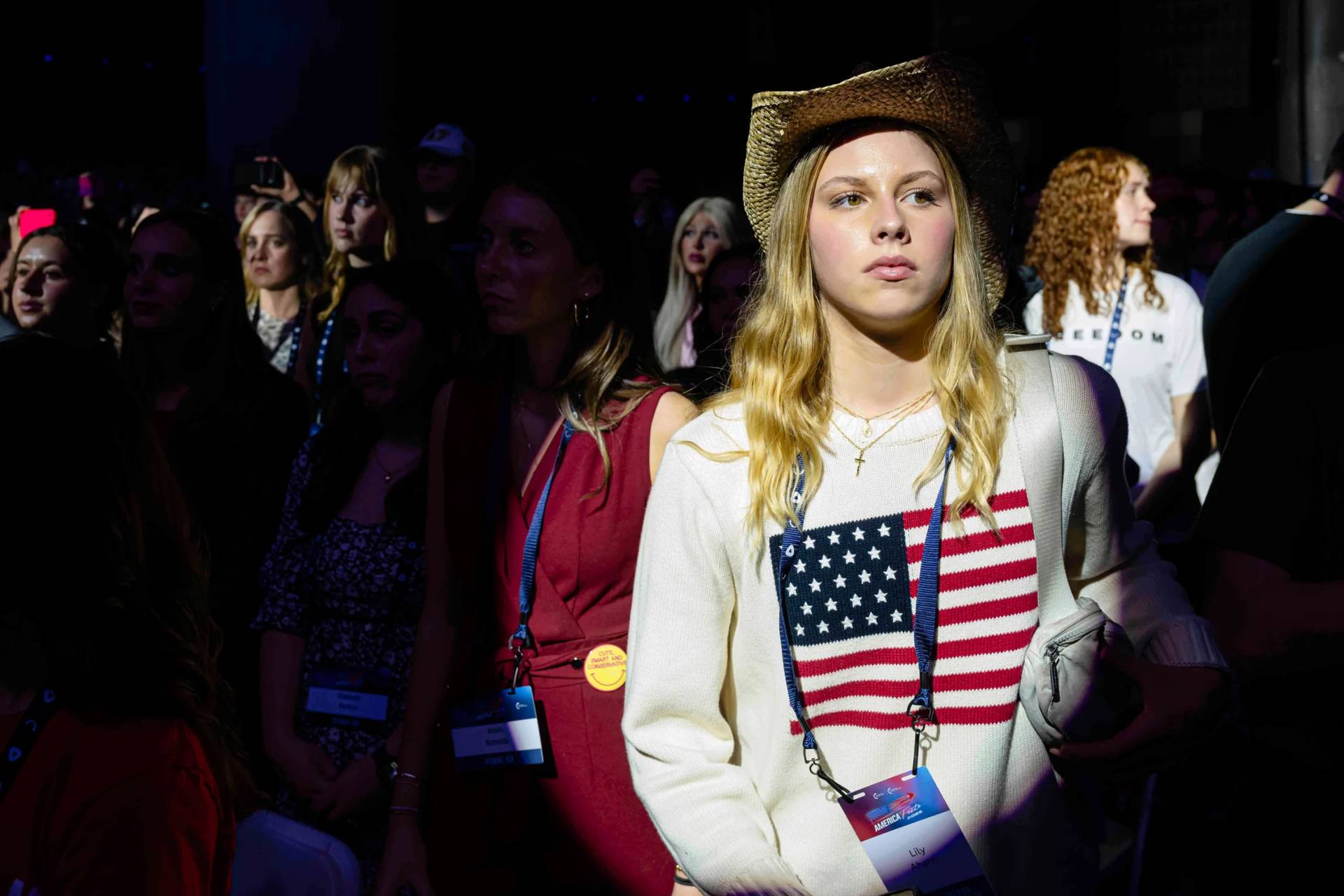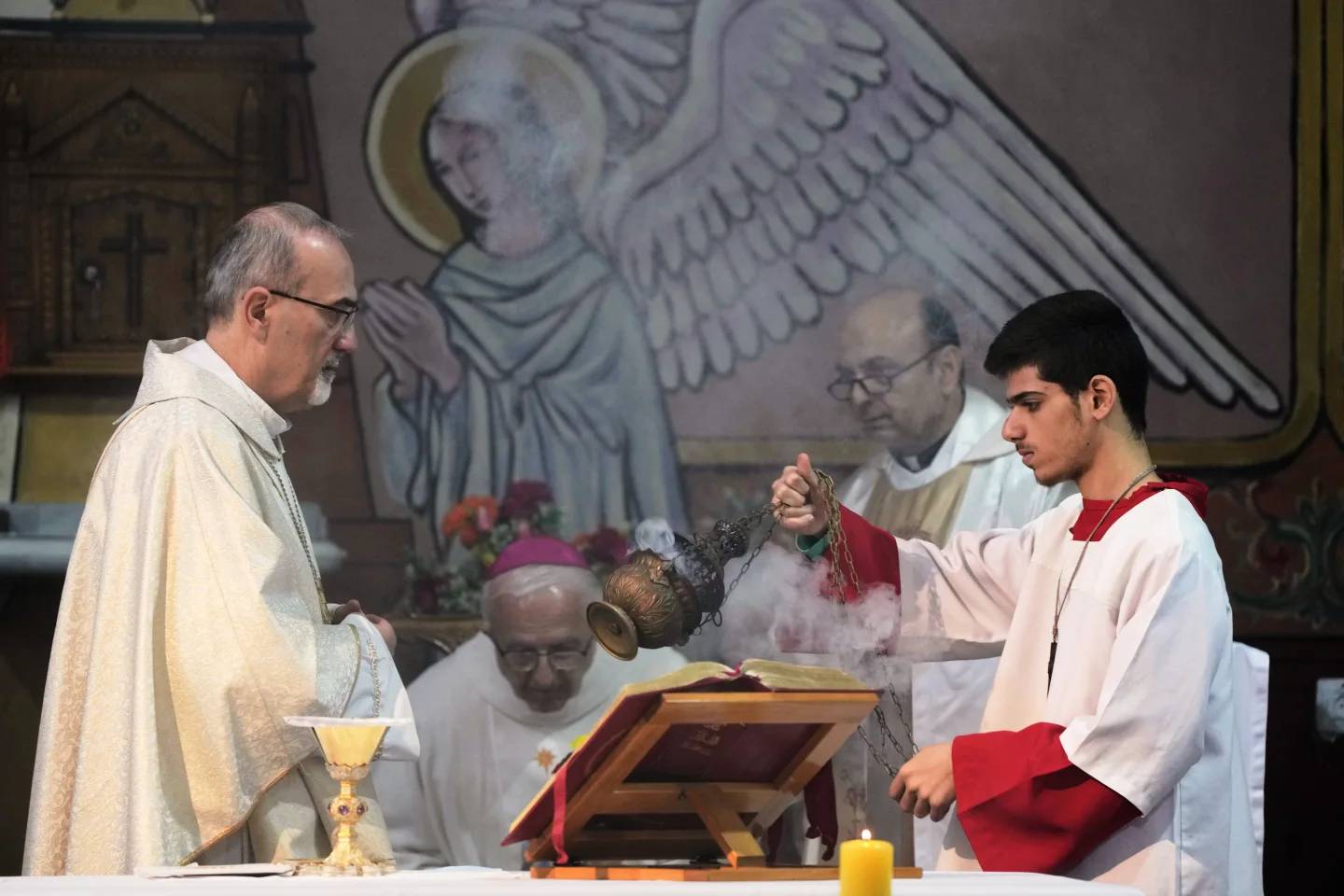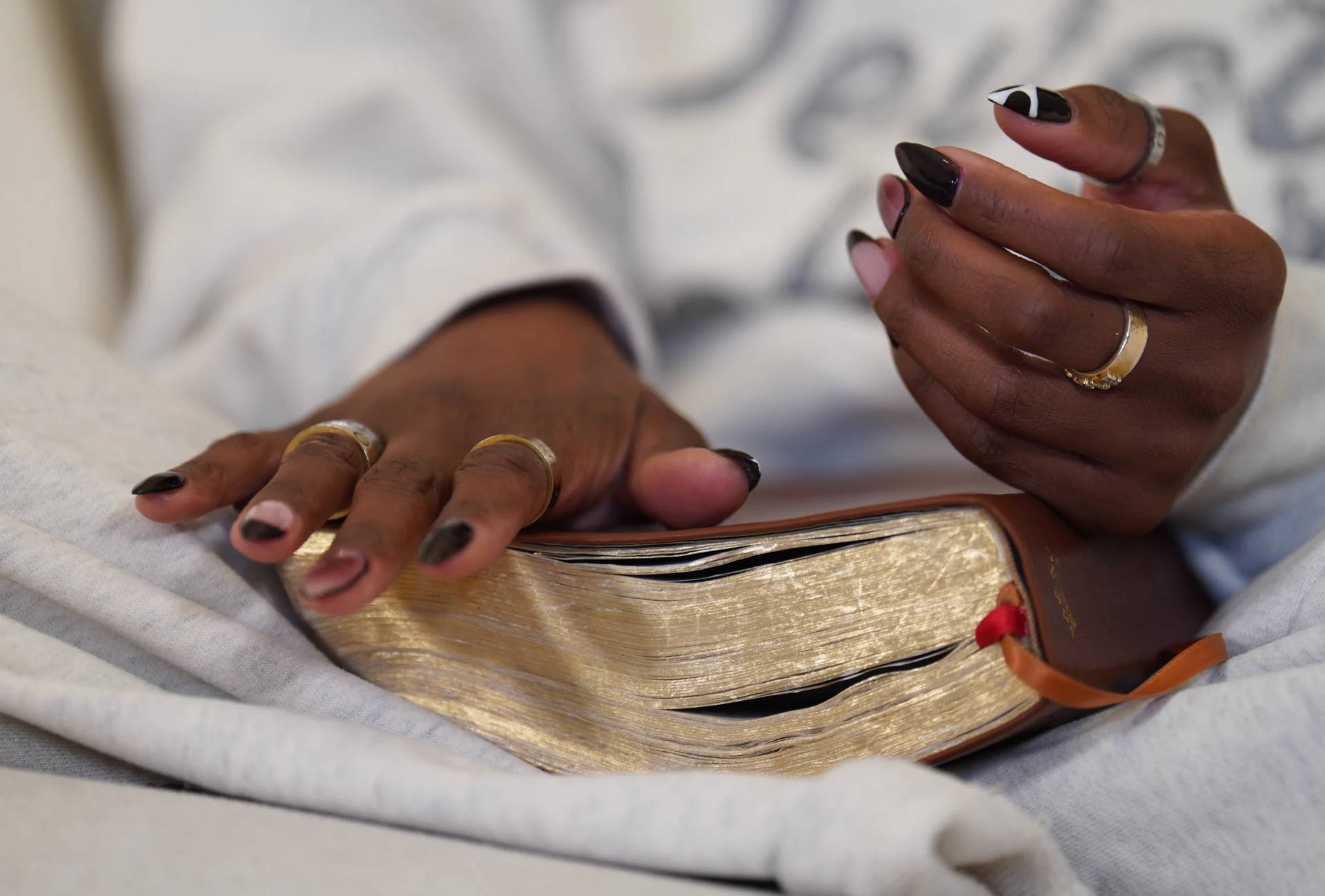ROME— After overcoming a bit of internal resistance from men and women alike, the Vatican now has its first “all female” association, an initiative officially announced Wednesday that’s four years in the making.
The goal of the new body is to create a “solidarity network” among women who work, or have worked, in the Vatican.
Founded by 12 people, the body, called “Women in the Vatican,” [D.VA is its Italian acronym, for Donne in Vaticano] is headed by American journalist Tracey McClure, who’s worked for Vatican Radio for over 20 years and is temporarily helping in the English version of L’Osservatore Romano, the Vatican’s semi-official newspaper.
The project first began to take shape four years ago. Today, there are 50 women, both lay and religious, from 16 different Vatican entities registered in the association, which is open to the more than 750 women who work for the Holy See and the institutions attached to it.
By the organization’s leaders own admission, there were several obstacles to overcome along the way. Many were related to normal bureaucracy, like agreeing on statutes for the association, of which 35 drafts were made before one was adopted.
Other roadblocks, however, had to do with opposition on several fronts, including women who expressed fear the group would become a subversive association or a trade union.
Romilda Ferrauto, for years head of the French section of Vatican Radio, but who retired on August 1, told Crux that the association was born spontaneously from a group of female Vatican employees who got together and realized that they didn’t know each other well enough, but who soon noted that they could help one another and gain visibility.
Slowly, she said, “we noted that it would be better to have official recognition, among other things to reassure those who didn’t know what to make of us. It’s not an ideological project, neither an advocacy group nor a union, because there already is an association for the laity in the Vatican!”
The idea, Ferrauto insisted, was to create a network of solidarity and friendship among the women working in the Vatican.
The press release sent out by the association- not by the Vatican’s press office- describes the body as “the first of its kind,” and says that it was officially created in September 2016 by the Vatican’s Governatorato, meaning the Holy See’s actual governing body.
Gudrun Sailer, who’s worked on the German desk of Vatican radio for 14 years, is also one of the founders of the association. Talking to Crux, she also acknowledged the difficulties in creating the group, but confided that they were more among the women than with the hierarchy or the Vatican’s Secretary of State.
“They were very receptive,” Sailer said. “You always need to have the adequate person in place for a project like this, and I’m convinced that it’s only fair that this recognition comes during the pontificate of Pope Francis, who’s done so much to promote the female presence.”
However, she added, the recognition of the association is part of a process that in many ways began under St. Pope John Paul II, who “wrote beautiful things about women, making us more visible in the pontifical magisterium.”
Emeritus Pope Benedict XVI appointed the first woman head of one of the editions of L’Osservatore Romano, the German one, though others would follow. When he was a cardinal, as Sailer noted, Joseph Ratzinger, as head of the Vatican’s Congregation for the Doctrine of the Faith, appointed the first female theologians to the International Theological Commission.
“In my opinion, Benedict XVI wasn’t as valued as he deserved, and this has to be noted,” she said.
Sailer also insisted that this association is about giving Christian women more visibility, and that it has nothing to do with controversial or ideological matters such as female ordination.
“The great majority of Catholic women aren’t interested in female ordination, but they are on many other issues, and it’s important that our contribution becomes further visible,” she said.
At the end of the day, Sailer added, it’s about laity-men and women- religious and the hierarchy working together as a Church. “And for many, even here in the Vatican, this need of a Church that walks together is a novelty.”
Women, between lay and religious, make up almost 20 percent of the Vatican workforce, and their presence is slowly but steadily growing.
Talking to Crux last month, neo-Cardinal Kevin Farrell, handpicked by Pope Francis to lead a new mega-department on family, laity and life, said that he intends to staff it with more lay people, including women, without whom “our parishes would be dead!”
Although there still few women in decision-making positions, two are undersecretaries: Flaminia Giovanelli, who works at the Pontifical Council for Justice and Peace, and Sister Nicoletta Spezzati, a member of the Adorers of the Blood of Christ, who works at the Congregation for Institutes of Consecrated Life and Societies of Apostolic Life.
Then there’s Spaniard Paloma Garcia Ovejero, assistant director of the Vatican’s press office, and Natasa Govekar, a theologian, who serves as director of the new theological-pastoral department of the Vatican Secretariat for Communications.
None of these women, however, are part of the association, though they technically could join in.
The first woman to ever work in the Vatican with a full-time contact was Anna Pezzoli, back in 1915, under Pope Benedict XV. She worked in the Floreria Apostolica Vaticana, the agency tasked with preparing for every papal audience and ceremony. They also furnish Vatican offices and apartments.
The first to hold a decision-making position was Australian Rosemary Goldie, from 1967 to 1976. She was one of two under-secretaries of the Pontifical Council for the Laity.
